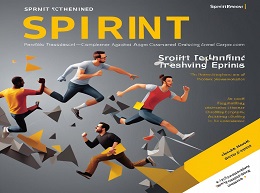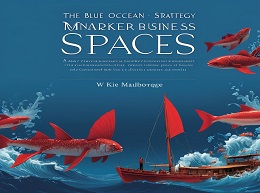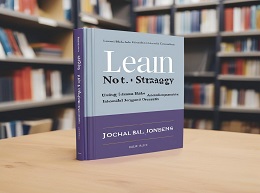Sprint: How to Solve Big Problems and Test New Ideas in Just Five Days

"Sprint: How to Solve Big Problems and Test New Ideas in Just Five Days" by Jake Knapp is a revolutionary guide to problem-solving and innovation. Based on the concept of the design sprint—a five-day process for tackling challenges and testing solutions—this book offers practical techniques and real-world examples to help teams solve complex problems efficiently. In this comprehensive review, we'll explore the key concepts of "Sprint," provide engaging examples, and reveal strategies for driving innovation and achieving results in just five days.
Understanding the Design Sprint:
Knapp introduces the design sprint process a structured approach to problem-solving and innovation that condenses months of work into just five days.
Example:
Google Ventures used the design sprint process to develop and launch the mobile payment service, Google Wallet, in just five days, demonstrating the effectiveness of the sprint methodology in rapidly testing new ideas.
Setting the Stage: Monday
The book outlines the first day of the design sprint, where the team defines the challenge, maps out the problem space, and identifies key stakeholders.
Example:
At Airbnb, teams used the first day of the design sprint to define the problem of improving the guest experience and identify specific pain points and opportunities for innovation.
Sketching Solutions: Tuesday
Knapp describes the second day of the design sprint, where team members generate a wide range of solutions through rapid sketching and brainstorming.
Example:
At Slack, teams used the sketching phase of the design sprint to explore different interface designs and features, ultimately leading to the development of new product features and improvements.
Making Decisions: Wednesday
The book explores the third day of the design sprint, where the team reviews and selects the best solutions through a structured decision-making process.
Example:
At Dropbox, teams used the decision-making phase of the design sprint to prioritize features and enhancements for the Dropbox mobile app, resulting in a more streamlined and user-friendly experience.
Prototyping: Thursday
Knapp discusses the fourth day of the design sprint, where the team creates a realistic prototype of the chosen solution to test with users.
Example:
At Facebook, teams used the prototyping phase of the design sprint to create interactive prototypes of new features and product enhancements, allowing them to gather valuable feedback from users before full implementation.
Testing and Learning: Friday
The book concludes with the fifth day of the design sprint, where the team tests the prototype with real users and gathers feedback to inform future iterations.
Example:
At Spotify, teams used the testing phase of the design sprint to validate new product ideas and features with users, leading to improvements in user experience and engagement.
In conclusion, "Sprint" offers a practical and efficient approach to problem-solving and innovation. By following the design sprint process outlined in the book, teams can tackle complex challenges, test new ideas, and drive meaningful results in just five days.













